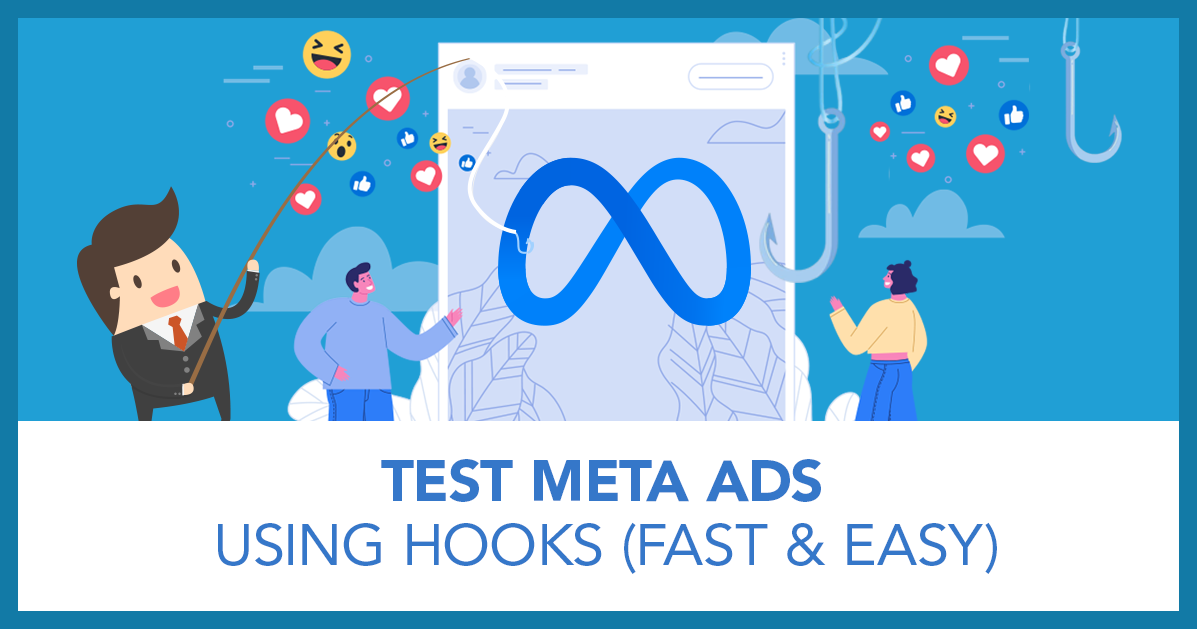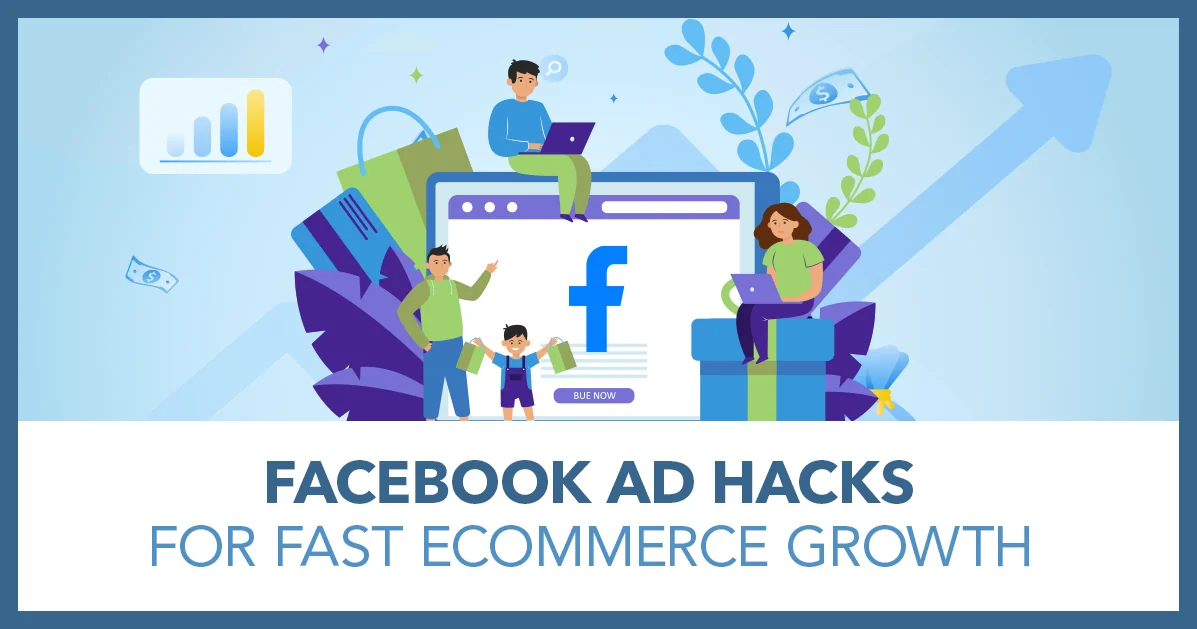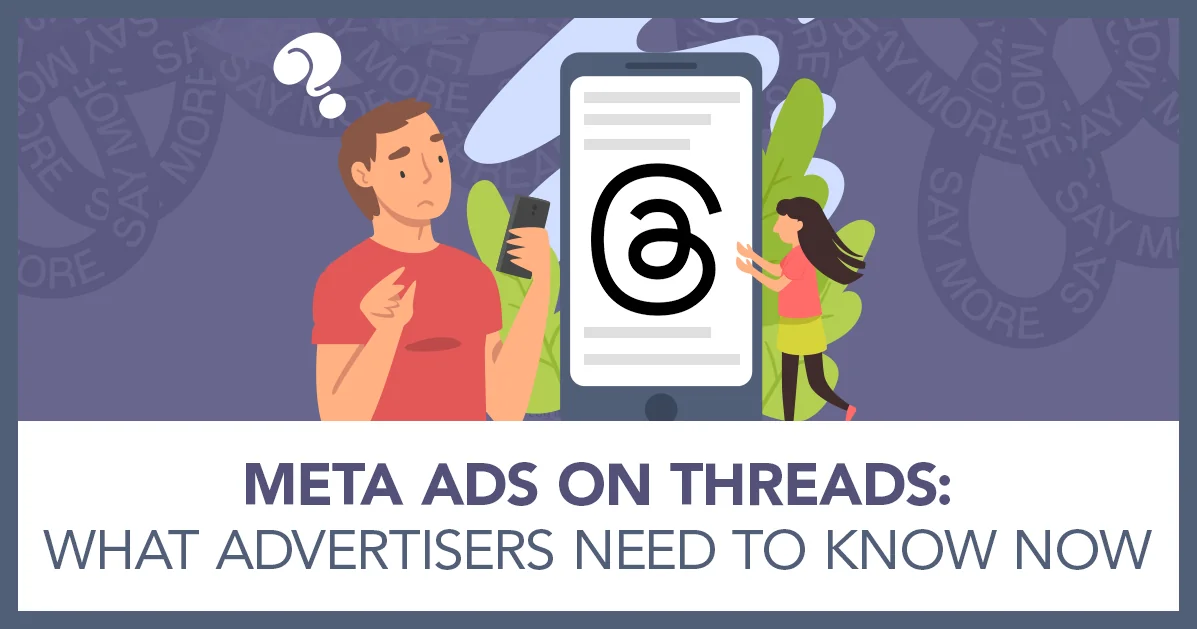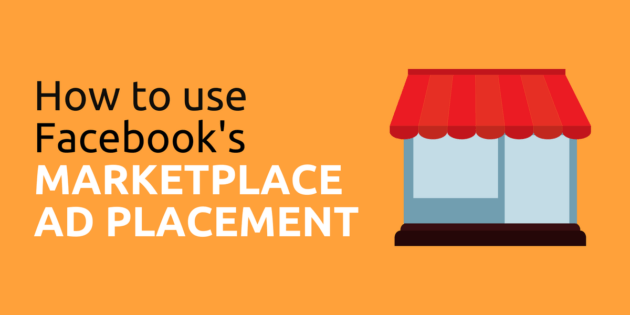
How to Use the New Facebook Marketplace Ad Placement
Want to know how to use the Facebook Marketplace ad placement?
In this article, you’ll learn how to use this brand new feature and which businesses and products it is best suited for.
Facebook’s Marketplace Explained
Before we get into the detail of using the Facebook Marketplace ad placement, it’s important to fully understand what Facebook’s Marketplace is.
Facebook’s Marketplace is not new. It was first launched in October 2016 to the US, UK, Australia and New Zealand. Since then it has been expanded to 70 countries and has 800 million users per month.
If you haven’t yet taken a look at it, you’d probably be shocked to see how much user interaction there is in your local area.
Marketplace is Facebook’s equivalent of eBay and Craigslist but with some important differences.
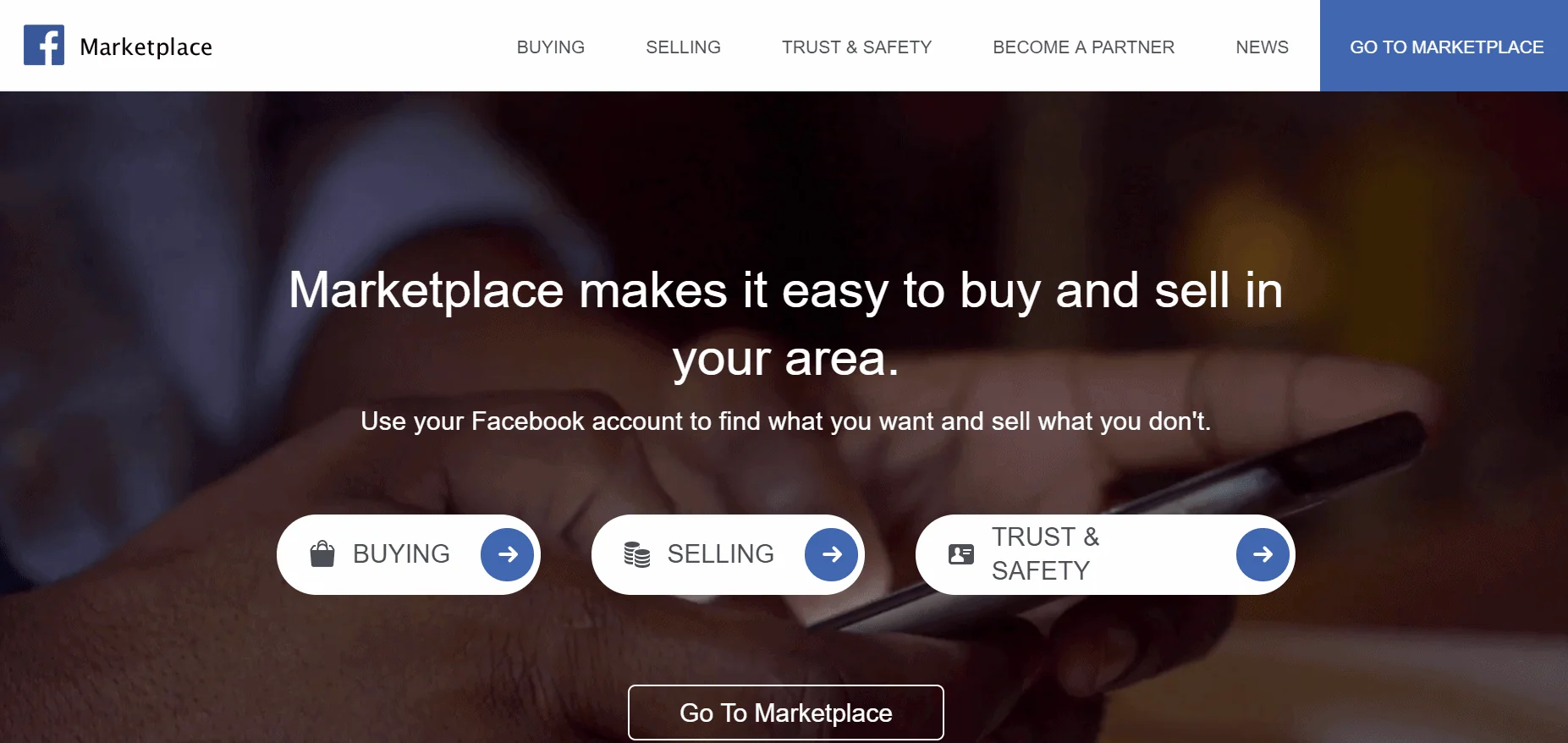
The screenshot above is taken from Facebook’s learn more about Marketplace page and it gives us an idea of what Marketplace is.
It’s a place where you can buy things you want and sell things you don’t want. Just like other sites, Facebook want Marketplace to have a local focus. Here’s what it looks like:
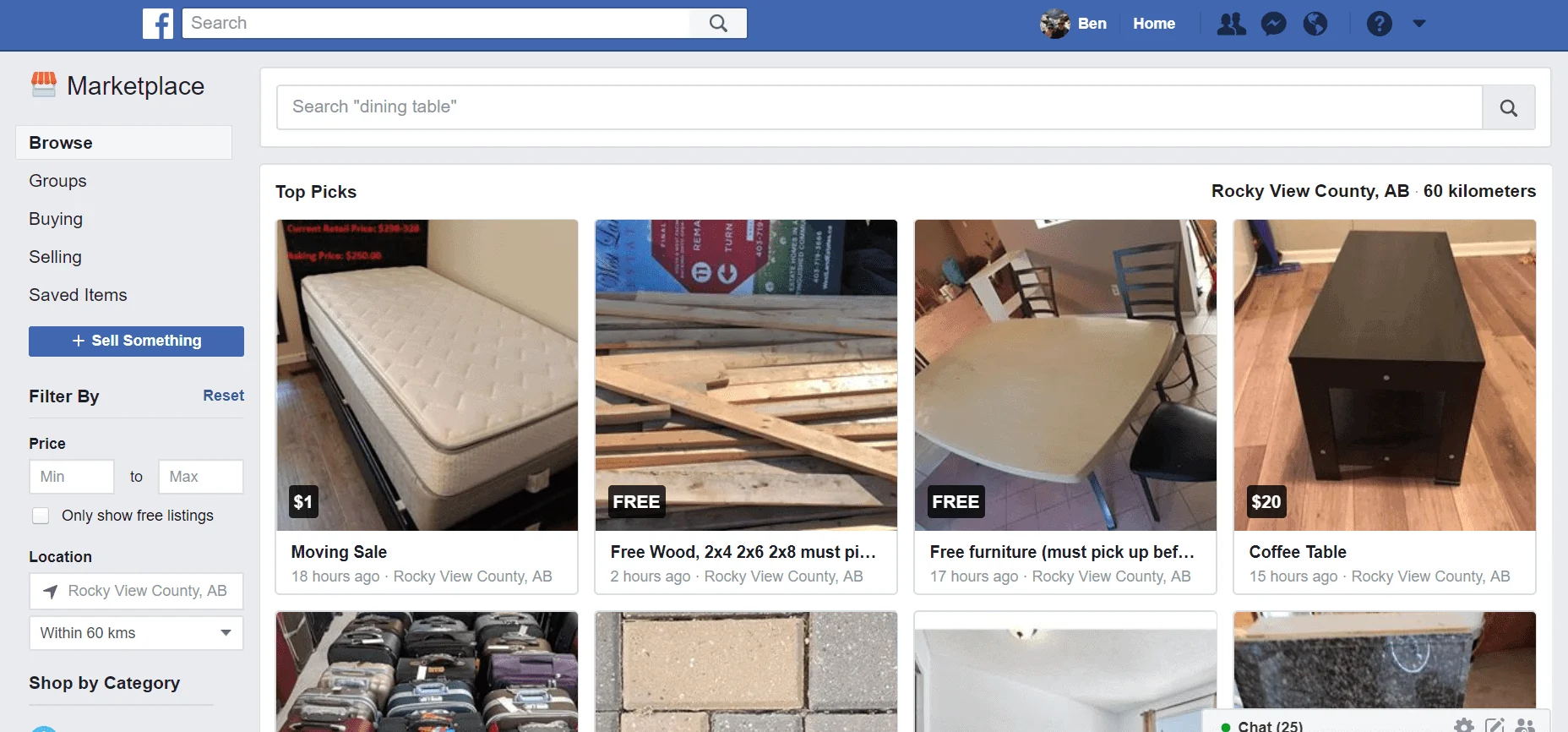
The above screenshot was taken in Calgary, Canada and shows some of the latest postings in the local area.
It’s also possible to search for products using a number of different criteria and you can post something for sale with the touch of a few buttons.
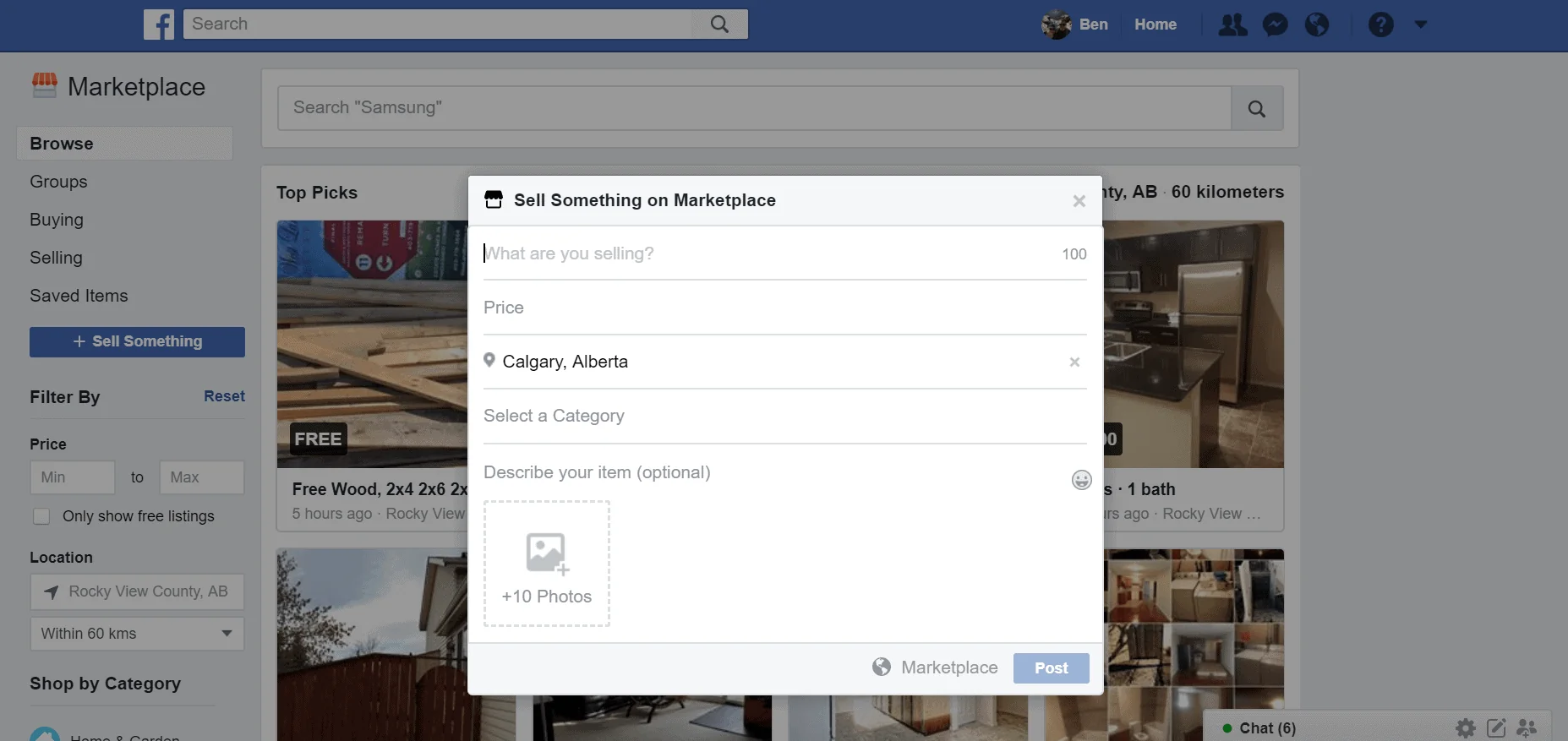
Unlike other sites such as eBay and Craigslist, Facebook’s Marketplace has an unsurprisingly strong social element.
Links to buyers’ and sellers’ Facebook profiles discourages a lot of the bad behavior that you might otherwise see with such an online platform. And the integration with Facebook Messenger makes it very easy for buyers and sellers to communicate.
Unlike other sites, Marketplace does not handle any transactions and does not take a commission from any of the products sold. Nor does it offer any buyer or seller protection.
Facebook’s Marketplace has been an undoubted success so far and will most likely continue to grow. The major advantage it has over its competition, is the existing Facebook user base. Marketplace now occupies the central spot on mobile menus:

With over 2 billion active Facebook users, it probably won’t be long before Facebook dominates local online commerce.
Why Facebook Created Marketplace
If Facebook aren’t taking a commission from the products being bought and sold, why did they create Marketplace?
In a word: Data.
The more data Facebook has on its users, the more valuable Facebook advertising becomes. The specificity with which you can target people on Facebook is well documented and makes Facebook one of the most highly sought after advertising platforms.
Marketplace will provide Facebook with a lot of data on buyer and seller behavior which can be used to create new targeting options. With the removal of partner categories and the bad press Facebook’s data practices have recently received, they are going to have to rely on data generated within Facebook, more and more.
Facebook is also clearly on a mission to own as much of the Internet as possible. They continually make adjustments and add products to their platform to encourage users to visit their site more often, and spend more time on it when they do.
The more time users spend on Facebook, the more opportunities there are to serve ads to them. This of course generates more ad revenue and leads me onto Marketplace as an ad placement.
What Makes the Marketplace Ad Placement Different?
When you advertise using the Facebook Marketplace ad placement, you’re not promoting a product that you’re looking to sell via Marketplace. Instead you’re advertising in the same way that you would in the News Feed or the other placement options.
However, different placement options often deliver quite different results. For example, Audience Network often delivers the cheapest clicks, and a lot of advertisers see better conversion rates from the News Feed.
Whilst there are differences between the other placement options, Marketplace is unique.
Unlike all the other placement options, Marketplace users (at least a large proportion of them) have buyers intent. They are actively looking for products to buy.
Intent based advertising platforms such as Google AdWords have commanded a large premium online. In most markets it costs a lot more to reach 1,000 people through Google’s search network than it does on Facebook.
This makes sense. Targeting people that are actively looking for something, is more effective than targeting people that might be interested in something.
For example, people searching for lawyers in their local area are fantastic prospects for a law firm.

Marketplace will most likely sit somewhere between Google’s search network and regular Facebook advertising. Whilst we know that people browsing the Marketplace have buyers intent, we don’t know what they are looking to buy, as you often do with Google AdWords.
#1 Establish that You Offer the Right Type of Product
As this placement is very new, there aren’t many established best practices yet. However, a couple of minutes browsing the Marketplace will show you that certain products are a lot more popular than others.
Home & Garden is one of the most popular categories and furniture is amongst the most commonly offered items:
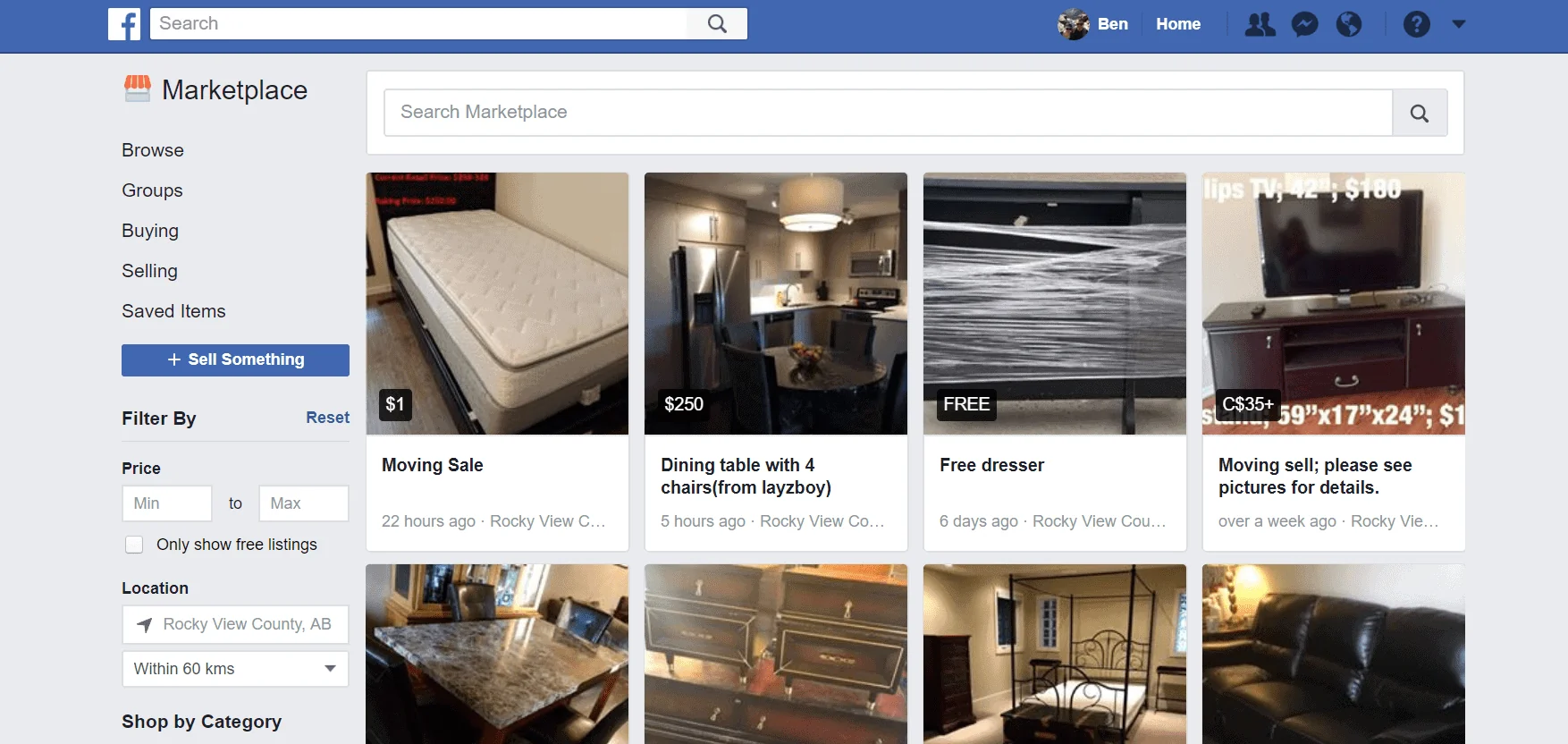
There are also a lot of vehicles listed for sale:
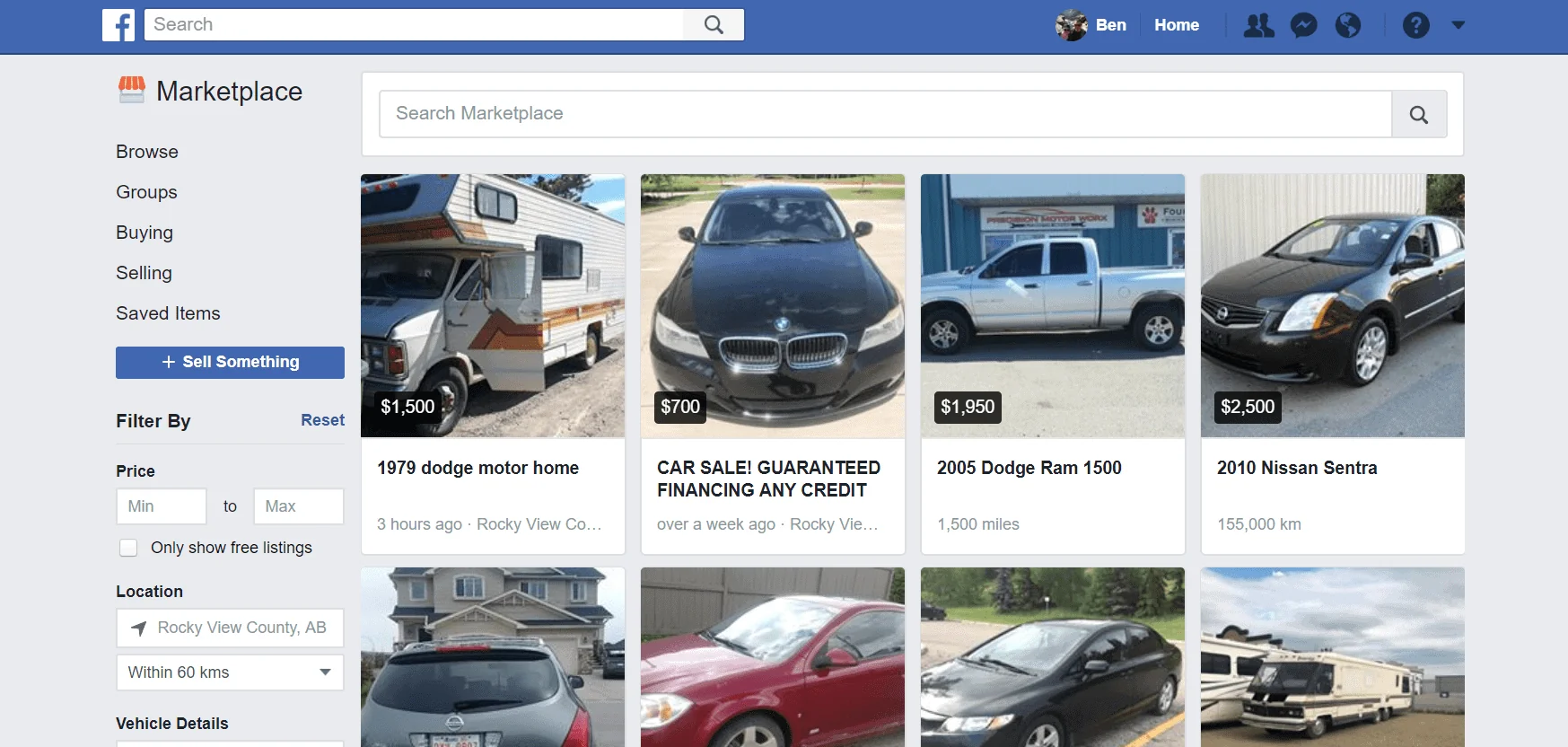
And many people are even offering rental properties:
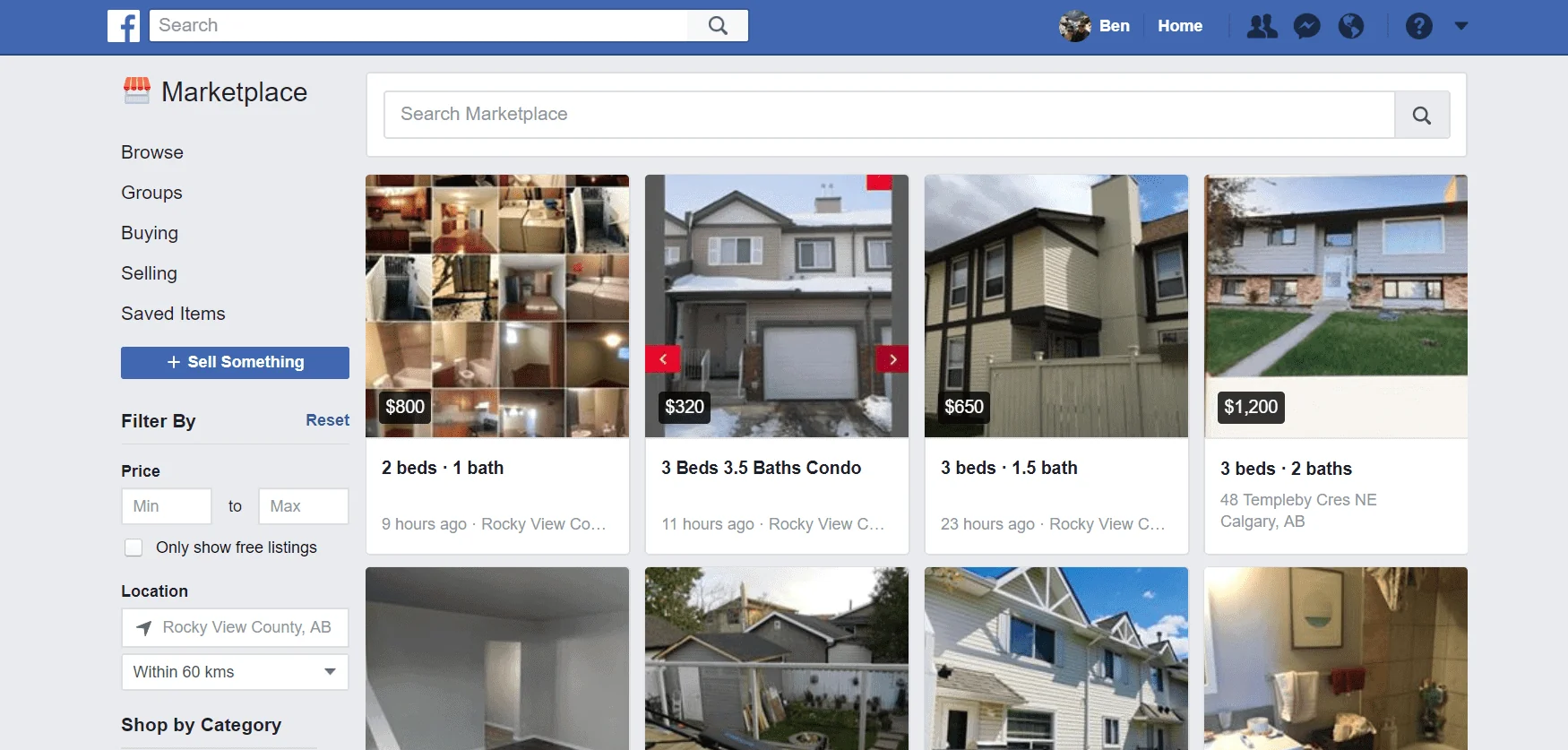
Most of the products listed have a common theme – they are bought and sold locally. And for businesses looking to have success with the Facebook Marketplace ad placement, a local focus is likely to be key.
As I mentioned previously, Marketplace is not new. Users expect to find certain types of products for sale. If your company offers products that are similar to those commonly listed, there’s a good chance Marketplace will work for you.
Other types of businesses can of course test Marketplace as a placement option, but may find better results elsewhere.
#2 Create a Facebook Ad Campaign with an Applicable Campaign Objective
Marketplace is only available as a placement option for certain campaign objectives. Right now it can be used with Reach, Traffic, Conversions, Catalog Sales and Video Views.
If you have an existing Facebook ad campaign that uses one of those objectives, you can skip this step. Otherwise, head into Ads Manager and click Create:

That will take you to a page that looks like this:

Select one of the applicable campaign objectives. Then simply give your new campaign a name, and select Continue.
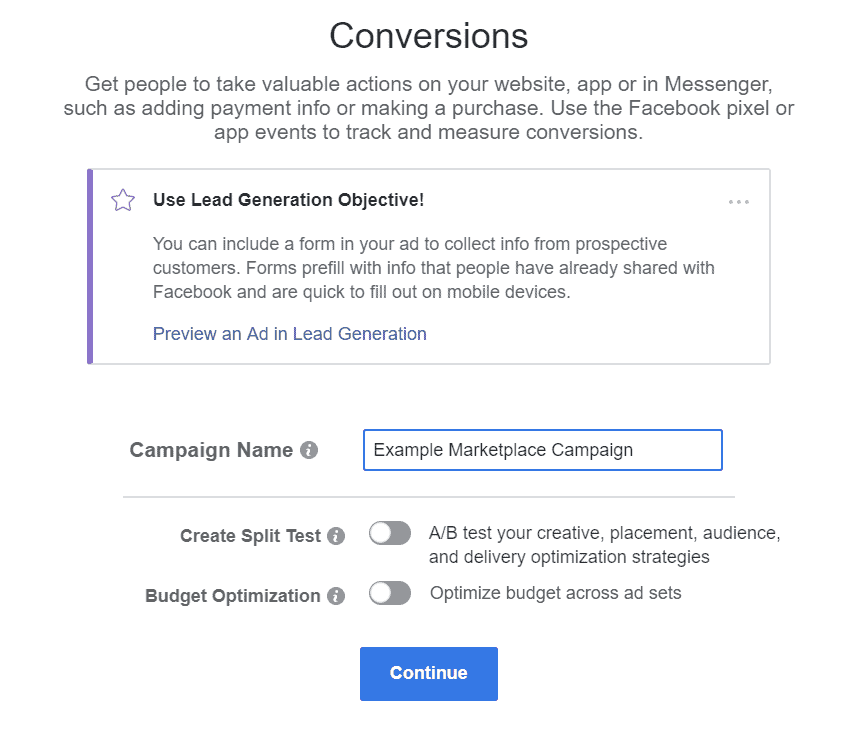
Once you’ve done that, you’ll be taken to the Ad Set creation page and you can move onto the next step.
#3 Check if the Facebook Marketplace Ad Placement is Available for You
Facebook’s Marketplace is in the process of being rolled out as a new ad placement. It is now available in most US ad accounts but not yet worldwide. However, it seems fairly inevitable that this functionality will be available to other countries very soon.
To check that Marketplace is available in your Facebook ad account and use it in this campaign, scroll down to the Placements section:
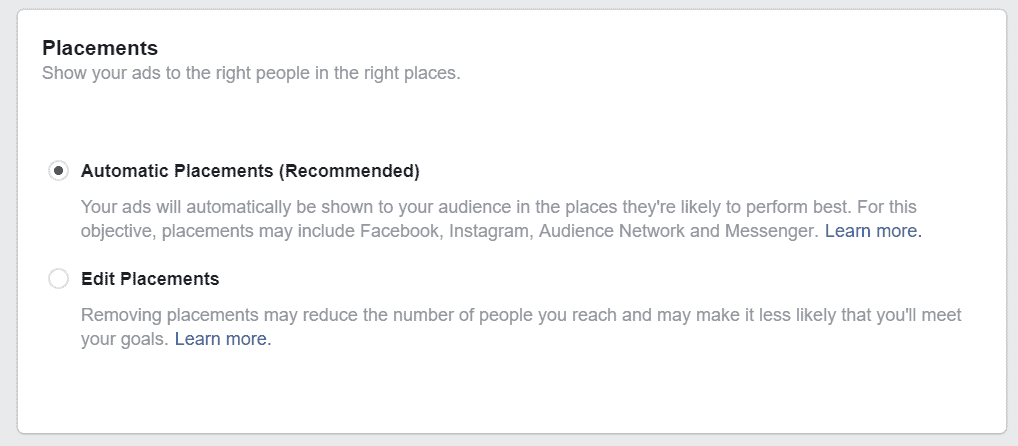
Facebook’s default setting is to advertise on all placements. To check that Marketplace is available, click Edit Placements:
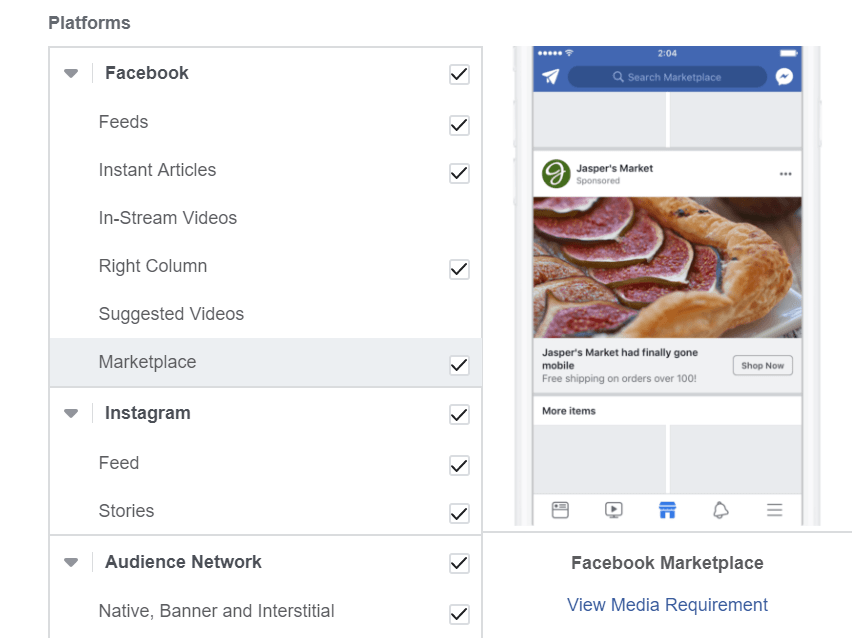
Currently, Marketplace is only available as a mobile placement option, but it’s likely to become an option on desktop as well shortly.
For ad accounts that have this functionality, Marketplace is included when Automatic Placements is selected. This means that many Facebook advertisers will be advertising in Marketplace without realizing it.
To advertise to people via the Marketplace you need to also have Feeds selected. If you do not, this warning message will appear.
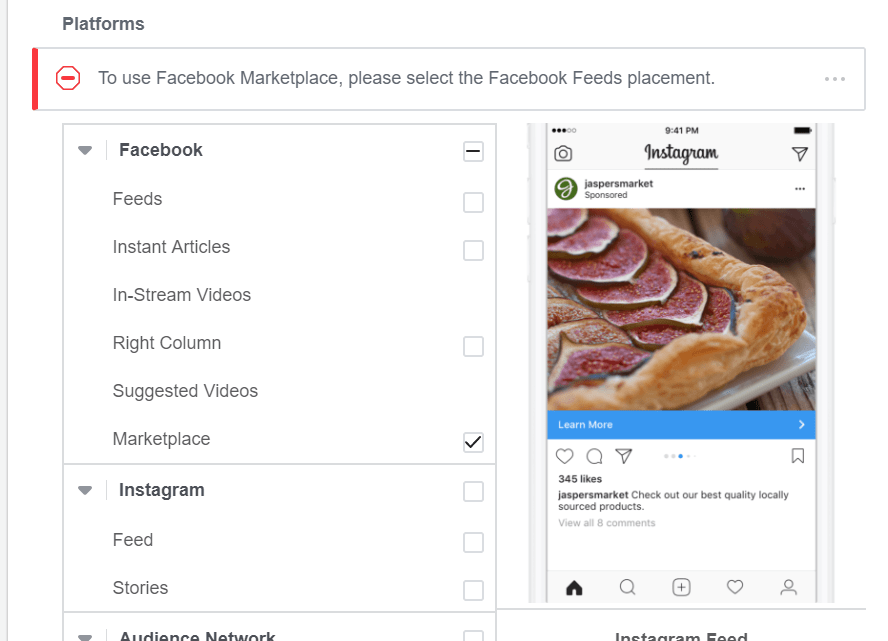
Make sure that Marketplace is selected and then enter the rest of your targeting details at the Ad Set level. For more information on how to do that, check out this great article.
After that, move onto the Ad Creation page and the next step.
#4 Create an Appropriate Facebook Ad for Marketplace
The recommended ad specs for Marketplace are the same as the News Feed and it’s not possible to alter ad creative between those two placements. It’s recommended that single images are 1,200 x 628 pixels and that carousel images are 600 x 600 pixels.
Whilst the ads may look the same on both placements, the context they are in is very different. This means certain things are likely to work very well on Marketplace and others are not.
Videos
Half the challenge with interruption advertising is grabbing the users’ attention. Unlike the News Feed, Marketplace is dominated by static images which means videos will stand out a lot more. Videos usually outperform static images across Facebook and I would expect that to be exaggerated in Marketplace.
Finding video ads in Marketplace is next to impossible at the moment. But this Facebook video ad taken from the News Feed is just the sort of ad that is likely to deliver fantastic results in Marketplace.
The ad is promoting the right type of product, to the right audience, when it’s in the right mindset. And it’s being demonstrated in a video format which will grab users’ attention.
Not Content
It’s too early to make definitive conclusions, but I wouldn’t expect content ads to perform well in Marketplace.
Expert Facebook advertisers often advocate using content to warm up cold audiences, and rightly so. But in Marketplace, ads that promote blog posts or other forms of content will look out of place and will probably be ignored as a result.
Of course, this is something that you can test.
#5 Test the Facebook Marketplace Ad Placement
As with all things Facebook advertising, I would strongly recommend that you test the Marketplace ad placement. It’s uniqueness means that it’s likely to deliver great results for certain businesses, products and ad formats.
To see how Marketplace is performing in comparison to other placements, you can filter your ad reports. Simply select Placements from the Breakdown menu:

In fact, if you’re in the US and using Automatic Placements with your Facebook campaigns, there’s a good chance you’ve been advertising in Marketplace without realizing it. This means you may already have data that you can use to assess Marketplace’s effectiveness for your offers.
#6 Watch Out for False Positives
We often see false negatives or false positives when new Facebook advertising features are released. A false negative refers do something that doesn’t work initially but does in the long run. A false positive is the opposite.
Facebook advertising false negatives most often occur because users are unfamiliar with something new and therefore avoid it initially. False positives on the other hand are often the result of an initial lack of competition.
With the Marketplace, we may see a bit of a false positive. As it is very new, few advertisers are using it and competition is a major factor in determining the cost of Facebook ads.
Lack of advertiser competition early on, will most likely lead to a lower cost than other placements initially. This represents a great short term opportunity. But as other Facebook advertisers start using the placement, this early advantage is likely to disappear.
This doesn’t mean that the Marketplace won’t deliver great results over the long run. It’s just important to be aware of the market forces at play and not get too excited early on.
Conclusion
The new Facebook Marketplace ad placement is in the process of being rolled out. It is currently available in most US ad accounts and is likely to become available in other countries shortly.
Marketplace is likely to perform very differently to other ad placements because of buyers intent. Users browsing Marketplace are actively looking for local products to purchase and that is a big deal.
Facebook launched Marketplace over 18 months ago and it now has over 800 million monthly users. Users expect to see certain types of products listed for sale. Businesses that offer similar products to those listed, are likely to see the best results.
Video ads, particularly product demonstration videos, will stand out amongst the static images that dominate Marketplace. These will grab users’ attention and are likely to perform very well.
What do you think? What’s your experience with the Facebook Marketplace ad placement been so far? Has it performed better or worse than other placement options? Please share your thoughts in the comments below.



